Solace Blog
- Activities19
- Autism & Behavioral4
- Community154
- Early Intervention71
- Events & Giving Back20
- Extraordinary Kids22
- Family Caregiver4
- Home Care Therapy60
- News94
- Parent Articles83
- Patient Testimonial21
- Pediatric Therapy77
- Pediatric Therapy Career46
- Private Duty Nursing1
- School-Based Services1
- Telehealth Therapy27
- Tips & Advice66
Summer Reading List: Books to Inspire Therapist Growth
Cooling Off with Aquatic Therapy: Benefits and Best Practices
Sensory Activities For Kids
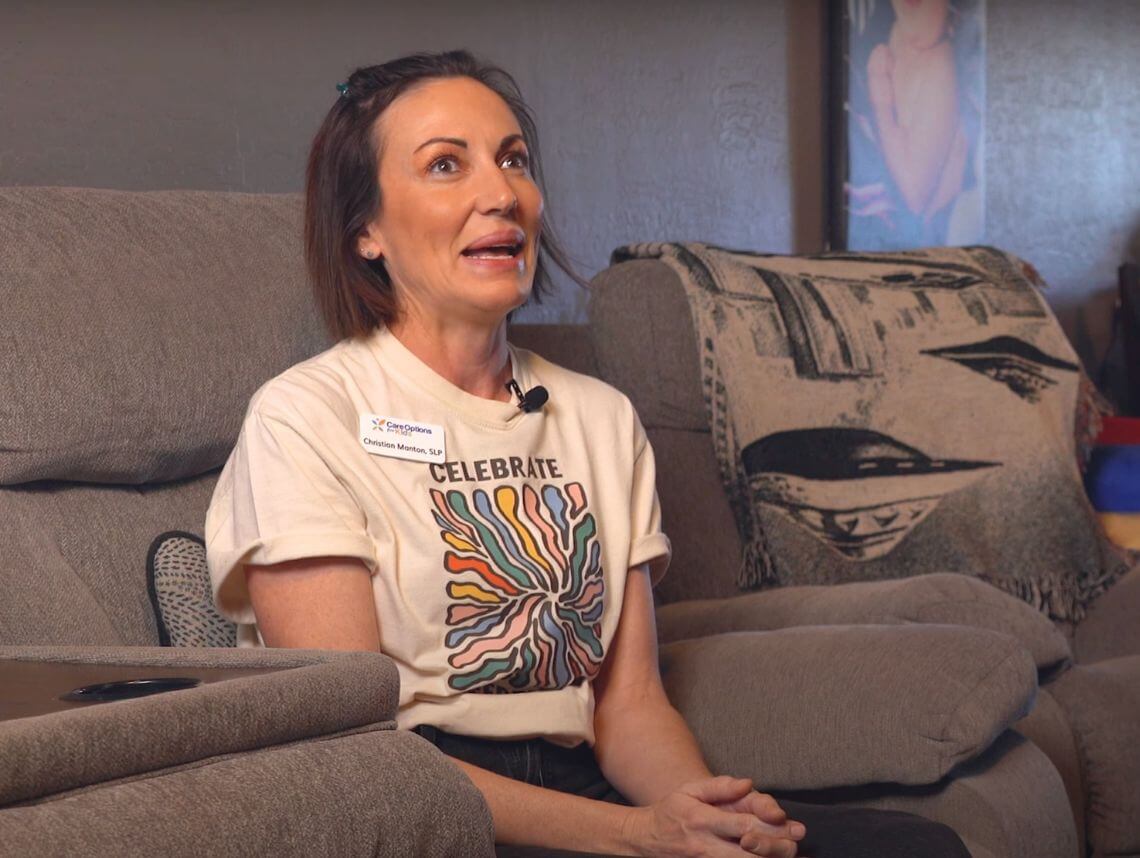
From School To Home: Christian’s Shift To Impactful Therapy
Speak, Listen, Connect: 6 Communication Strategies for Therapists
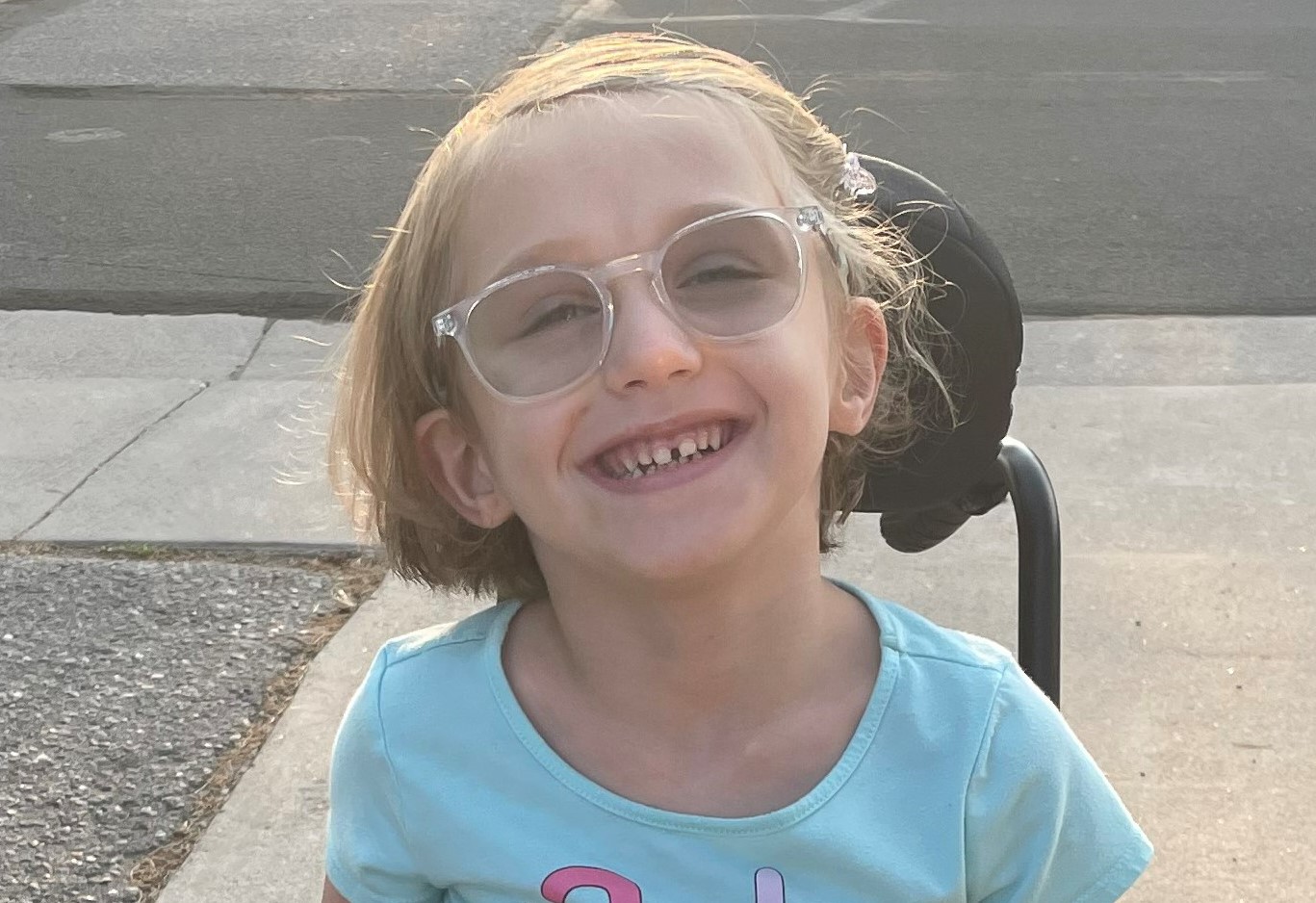
Alice Excels in Treatment Sessions, Displays Improvement Every Day
A perinatal stroke occurs anytime between the middle of pregnancy—around 22 weeks— and the first month of a newborn’s life. This means a perinatal stroke can occur in a fetus or in a newborn infant.
In the case of six-year-old Alice H., she had a perinatal stroke in utero and was diagnosed at six months with triplegic cerebral palsy (CP) and epilepsy. Triplegic indicates that three limbs are affected so Alice has a movement disorder in her right arm and both legs.
Perinatal Stroke and Cerebral Palsy
Like adult stroke, perinatal stroke is usually caused by a blood clot or bleeding in or around the infant’s brain. For most infants, the cause isn’t determined, but there are some risk factors.
Congenital heart disease is attributed to more than 20 percent of cases of perinatal stroke. Other risk factors include infections, blood clotting disorders, and placental disorders.
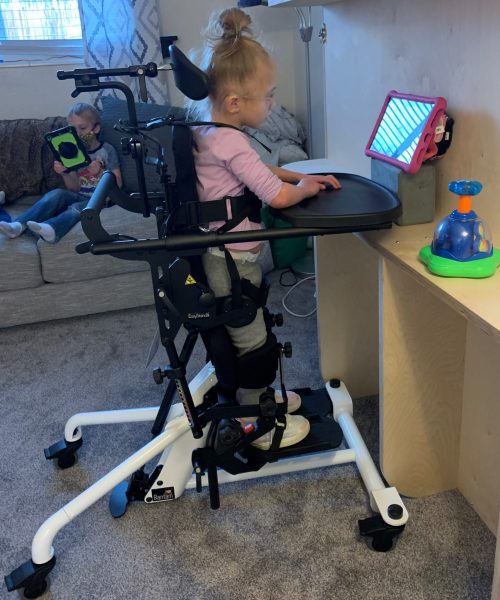
Typically, there are no outward signs of a perinatal stroke for up to a year, which results in delayed or inconclusive diagnosis. It’s nearly impossible to detect a stroke in utero, or even in the first few weeks after birth, since the symptoms can seem within the norm for infants: favoring one side, extreme sleepiness, mild seizures that seem like shivering or sudden stiffening. More obvious behaviors such as trouble walking and talking don’t usually become apparent until the child turns two, and are associated with other childhood problems like delays in speech or other developmental delays.
Perinatal stroke is a common cause of CP, and the condition has a good prognosis despite the lifelong impairments it causes. About 60 percent of children experiencing a perinatal stroke are diagnosed with a neurological or developmental challenge such as epilepsy, behavioral and emotional difficulties, sensory disorders, delays or difficulties with speech and language, hearing and vision problems, learning disabilities and attention deficit hyperactivity disorder.
Plan of Care
In January 2019, after receiving a thorough evaluation and recommendations from clinicians at Solace Pediatric Healthcare, Alice started an individualized in-home and telehealth therapy treatment plan. The objective for occupational therapy was to improve functional use of her upper extremities. From a physical therapy standpoint, the objective was to get Alice to sit cross-legged. Once that goal was accomplished, the clinicians moved to standing and bearing weight through her legs, building her arm strength and holding herself up.
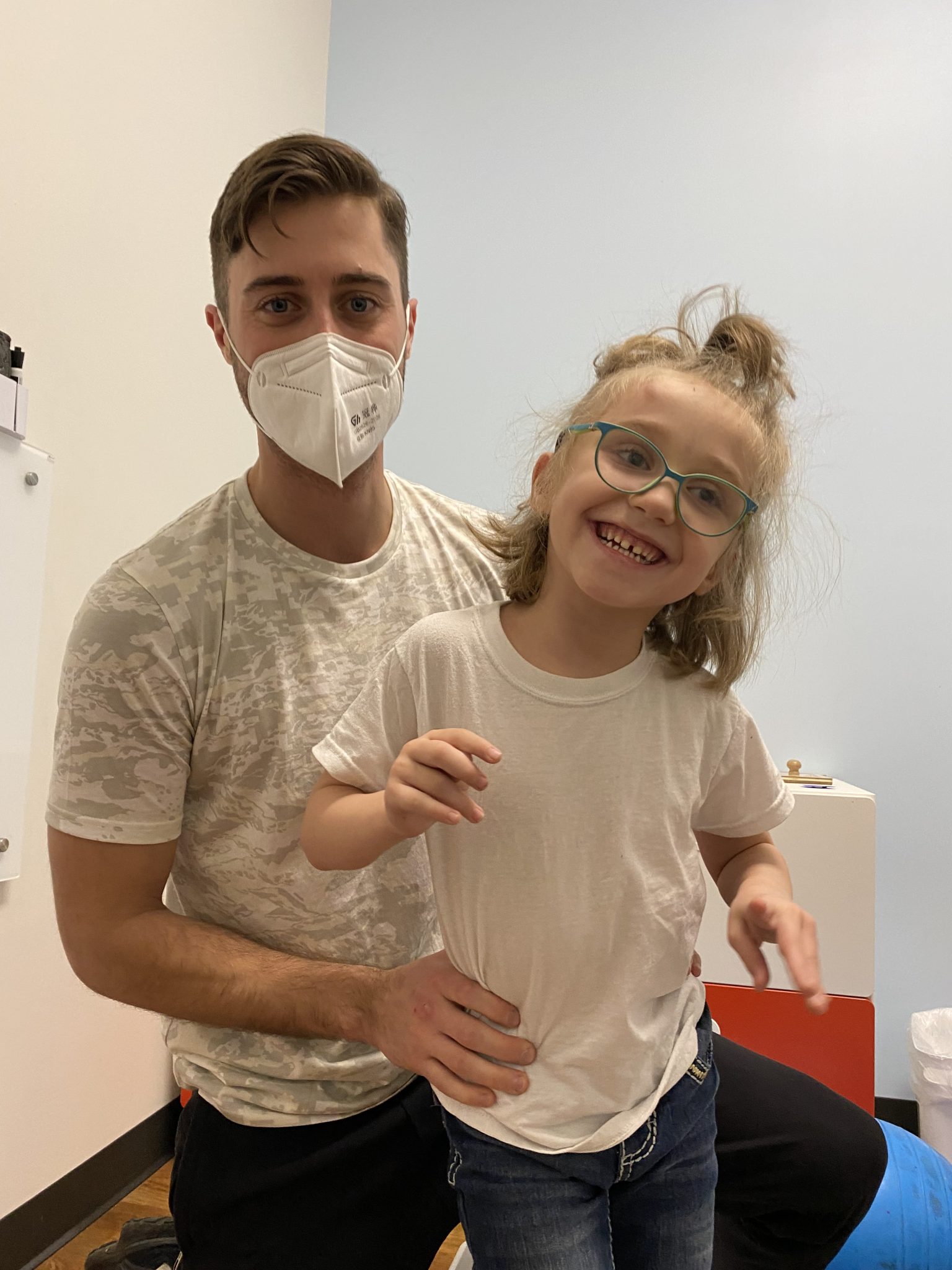
“We’ve been through a lot of therapists and companies. Solace is the best company out of all. Very accommodating and good communication,” said Brittany Childre, Alice’s mother.
“I absolutely adore PT Joe G and OT Emily S. We’ve been with them for two years now and I’ve never seen my kids taken to therapists like they have with them. SLP Michelle F does great with her too,” added Childre.
Occupational Therapy
In OT, Alice has been focusing on improving her fine motor, visual motor and upper extremity strength skills in order to maximize independence in Activities of Daily Living (ADL).
“When I started working with Alice, she was an extremely motivated and charismatic child and just needed to be given the tools in order to increase her independence,“ added Emily, occupational therapist.
Physical Therapy
“In PT, Joe has been wonderful to work with via in-home and telehealth. Alice warmed right up to Joe, which I’ve never seen Alice do,” added Childre.
“Alice has been exceptional along each phase of her progression plan of care. I met Alice when she required improved postural control in relation to sitting. Since that time, she has improved the ability to independently sit and navigate her environment via crawling. She has diligently worked toward assisted ambulation in her gait trainer and vigorously enjoys the opportunity for improved upright mobility,” added Joe.
Speech-Language Therapy
“Alice and I work on breath support to support her voice, receptive-expressive language skills and how to help generalize and connect skills that she already knows across different contexts,” said Michelle, speech-language pathologist.
“Alice has been a sweet, polite and determined individual since the moment I met her. In the time I’ve known her, I’ve been privileged to see her grow in her ability to express herself at home and with peers.”

Celebrating Accomplishments
Today, Alice has progressed to practicing walking, squats and prolonged standing while holding herself up. She’s also sitting cross-legged and is now able to sit sideways and hold herself up, something she couldn’t do in the beginning.
“Emily has been awesome with Alice. She’s helping her brush teeth, get dressed, and Alice uses her right hand now and has massively improved as well,” said Childre.
“Alice continues to progress in all aspects related to her PT goals and is extremely motivated to gain improved upper and lower extremity strength and balance/coordination,” adds Joe.
“I’ve actually mentioned Solace a lot when in discussions with other families. Solace is truly a company of dedication to their patients. Having goal meetings is really awesome, as their approach is always about the positive things my kid is doing, which in my situation not many conversations start on a positive note. That means a lot to me,” adds Childre.
How to Refer Your Child
Solace Pediatric Healthcare is the leading provider of pediatric nursing, family caregiver, occupational, physical, speech and feeding therapy services. Since 2005, our clinicians have provided pediatric care to children from birth to 21 years of age.
At Solace, we’ve instilled a culture built on trust, communication, teamwork and accountability. Our mission is to provide pediatric clinical services to help children and families live their best lives.
- I want to refer my child for an Evaluation/Therapy. If you know you would like to speak to our patient advocate to discuss scheduling an initial evaluation with a licensed pediatric therapist, simply complete and submit the Referral Form so we may contact you. Please provide as much information on the secure/encrypted form as possible as it is required to begin the process. We do accept Medicaid and most insurances.
- I Want to Be Contacted. If you would like to speak with our patient advocate for more information prior to submitting a Referral Form, simply complete the Contact Me Form and submit.
- If you prefer to contact us to discuss your child, please call our team. You can reach us by phone at: (Denver) 303.432.8487; (Colorado Springs) 719.623.5463; (Northern Colorado) 970.775.8476; and (Pueblo) 719.695.4535.
Reference: Cerebral Palsy Guidance
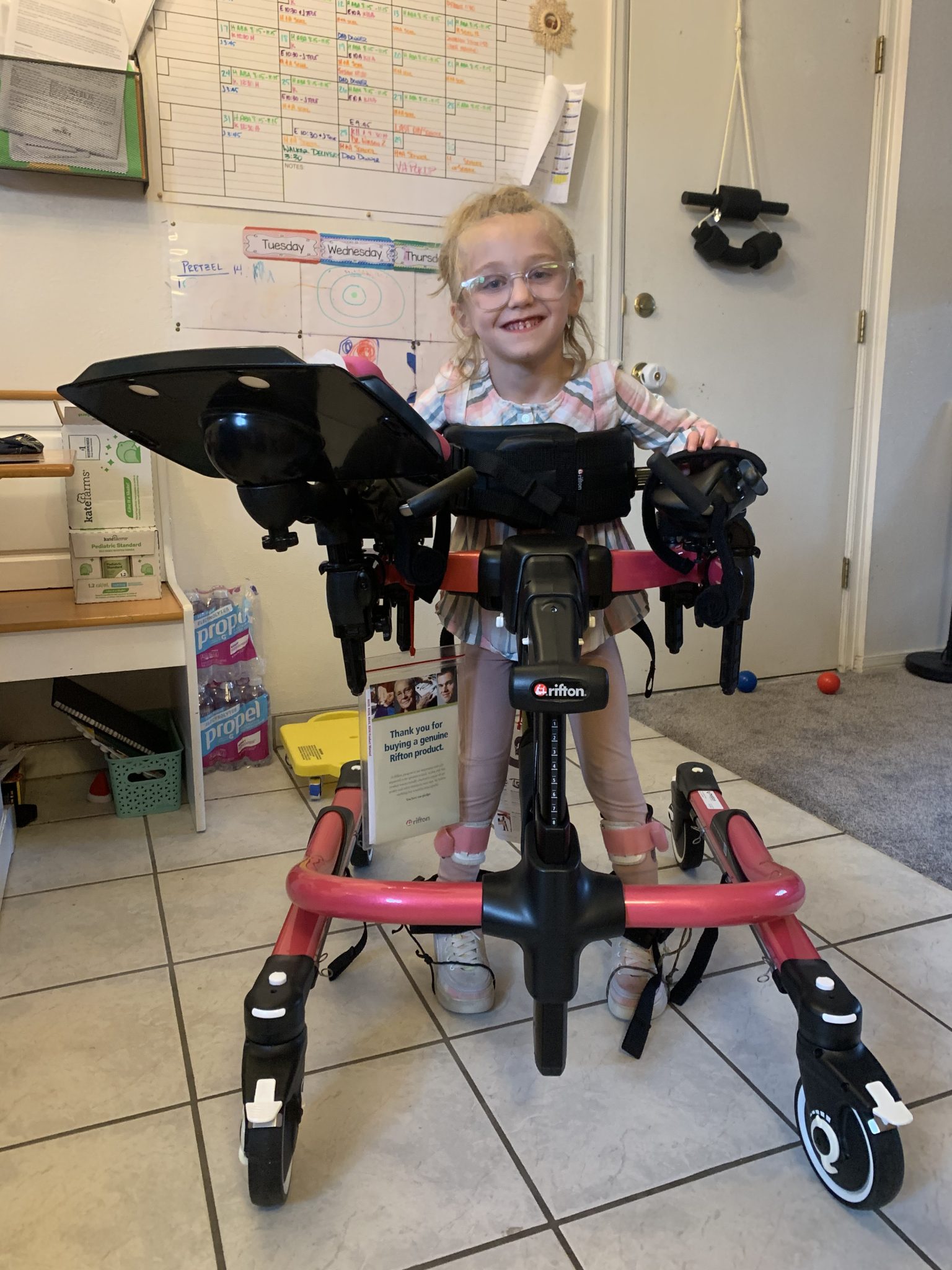
Share this Post